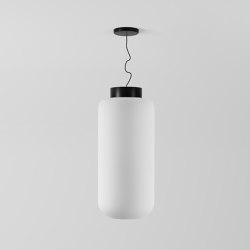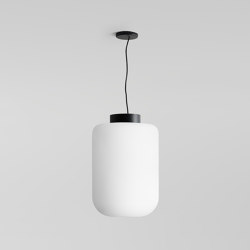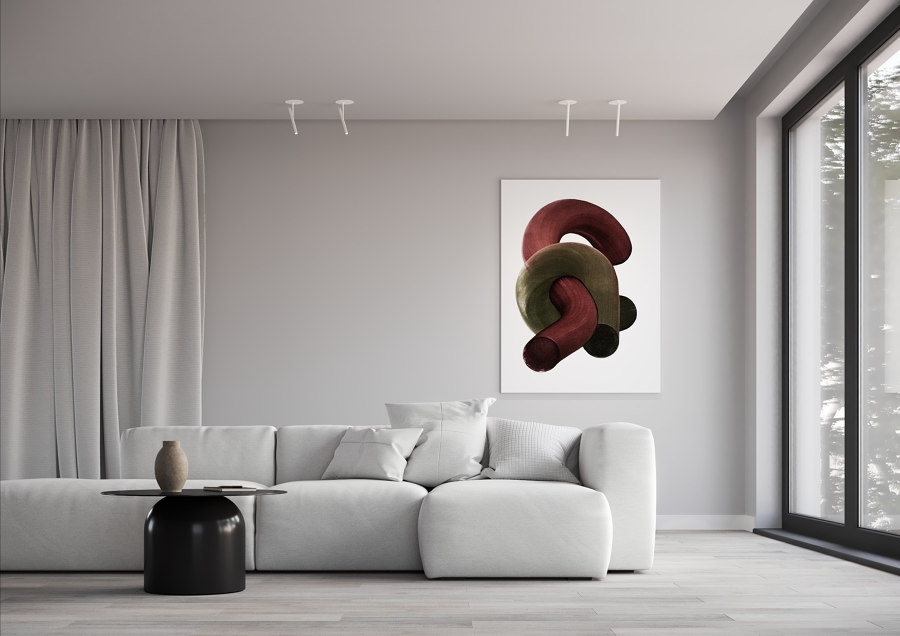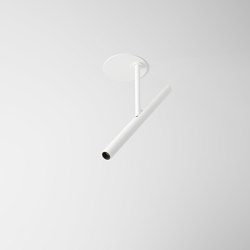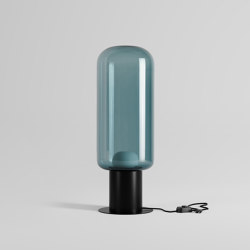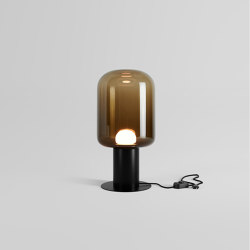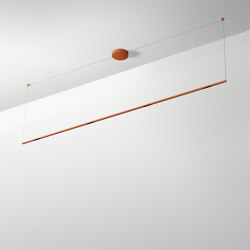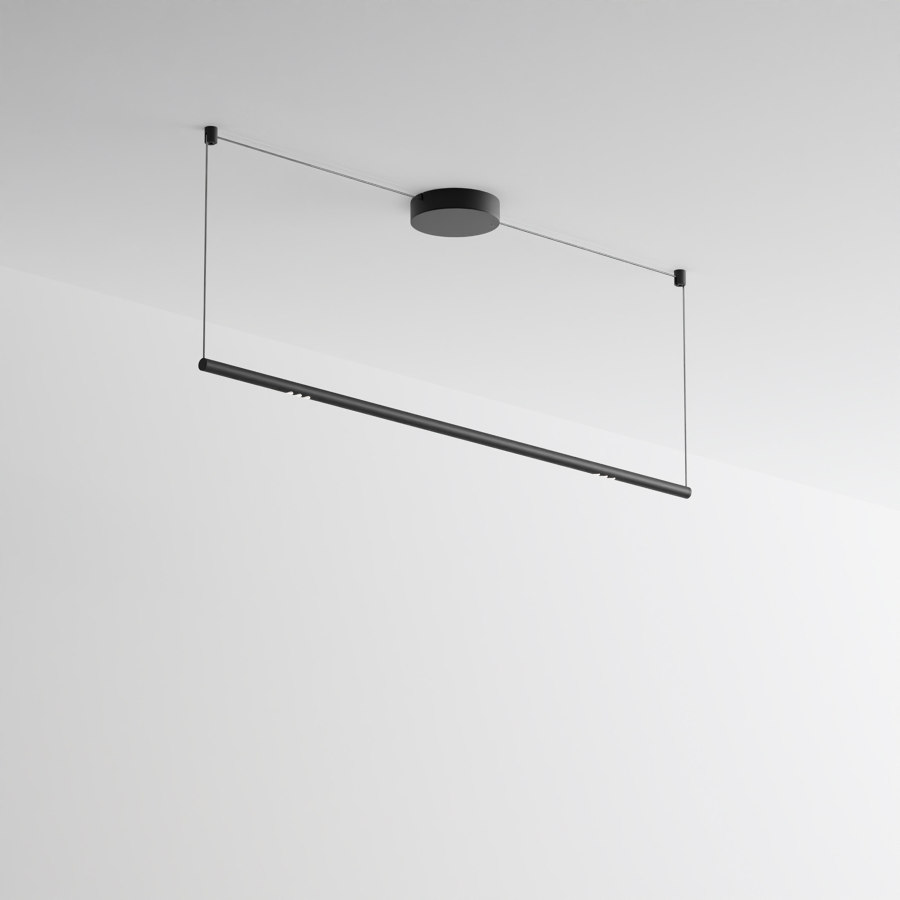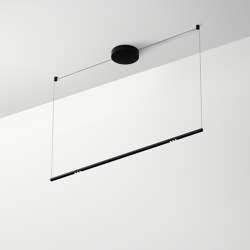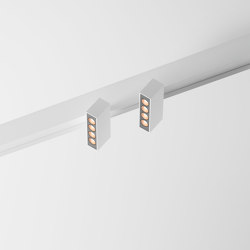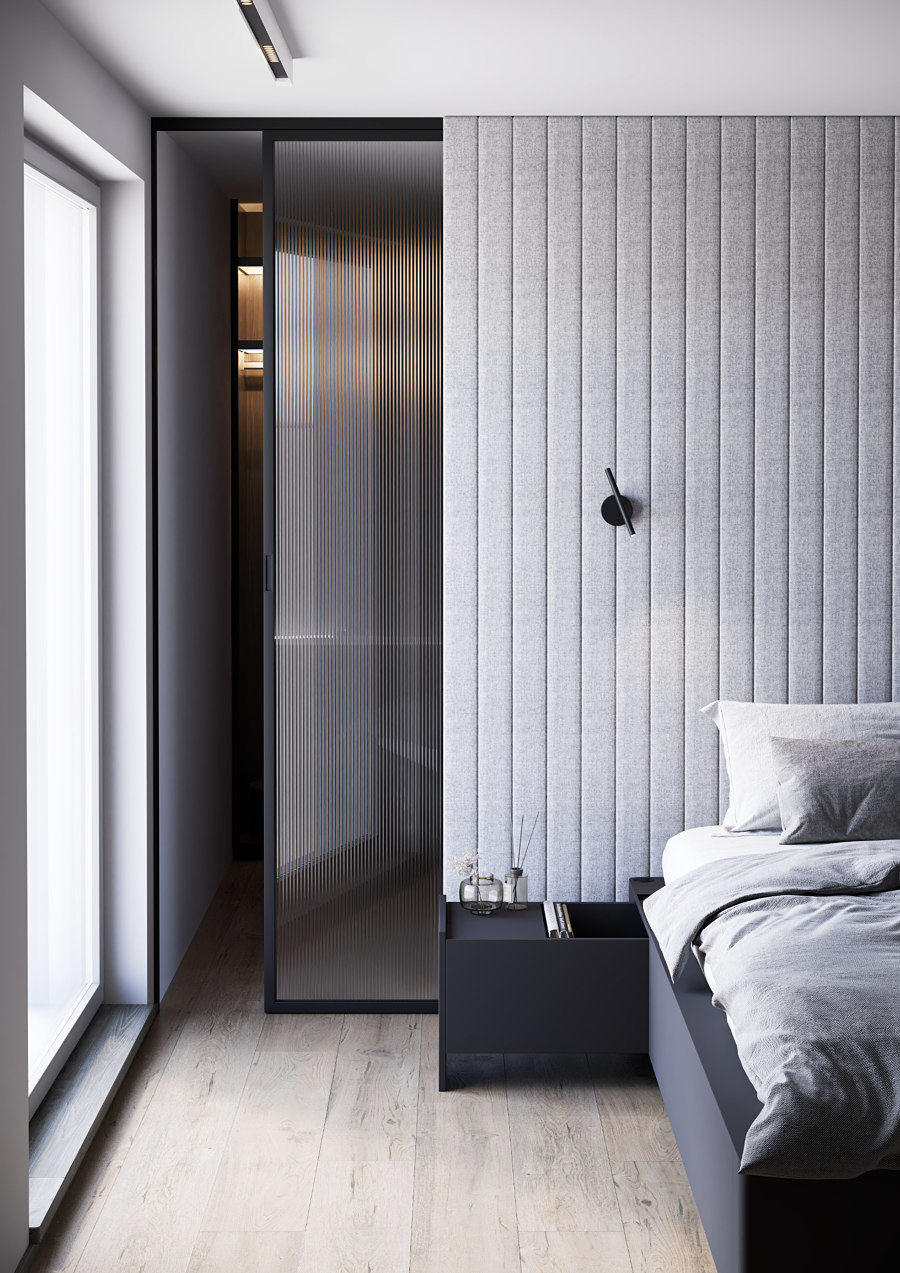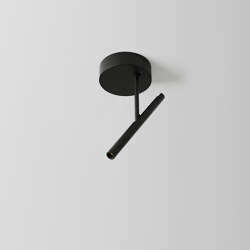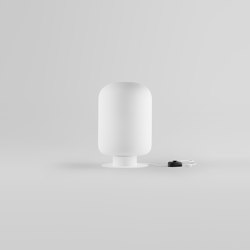Illuminating design with Labra
Brand story by Emma Moore
Rybna, Poland
05.09.22
Driven by technology and a commitment to sustainable manufacturing processes, Polish brand Labra sees light as a material for sculpting atmosphere, not just illuminating space.
Xilo is a family of lights designed for Labra by Maciej Karpiak. The voluminous glass shades come in a variety of sizes and colours and are characterful when clustered, but also highly technical
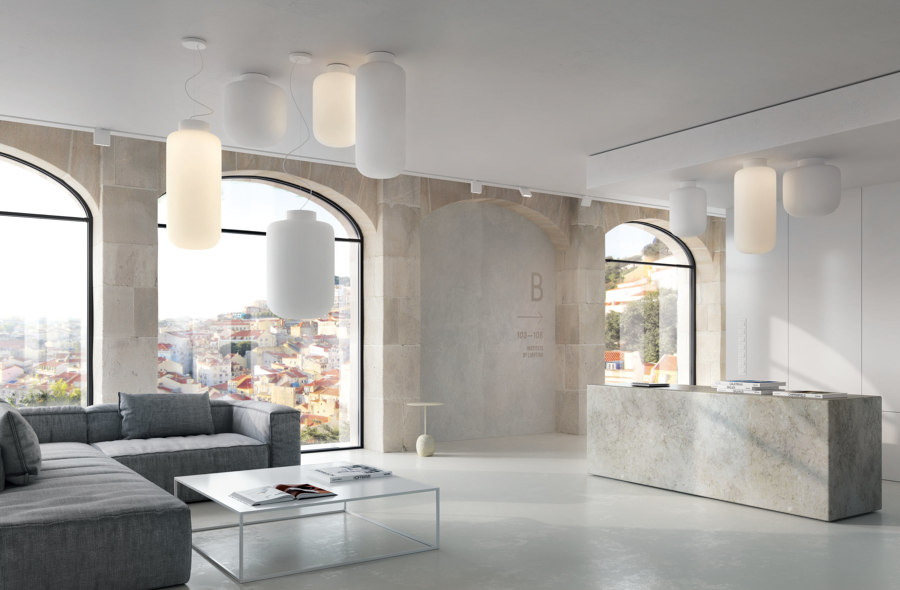
Xilo is a family of lights designed for Labra by Maciej Karpiak. The voluminous glass shades come in a variety of sizes and colours and are characterful when clustered, but also highly technical
×I once had a friend whose warmth and welcome whenever you stepped into her home was always without fault. But I’d nevertheless want to leave before darkness set in, because she was light blind. I had never really considered it a thing until I observed this friend spend money on fancy wallpaper, stately dining chairs, and fresh flowers every few days, but come nightfall, all were illuminated by nothing more than a dreary overhead light that turned her front room into the set of a chilling crime scene. She seemed quite inured to the power of light to lift or subdue a room, to sculpt and mould moods according to its quality, positioning and strength.
Admittedly, my answer at the time was to just to add some strategically placed table or floor lamps. Today, however, my solution might be more nuanced. Lighting intelligence has moved on and we now know there’s more to illuminating a room than simply choosing wattage and installing it in the right place. With developing technology and understanding, the variables of interior lighting are growing, and its potential to influence moods and perception are aligning with that of colour and texture.
Labra’s good-looking hardware – seen here is the minimal Stik 16 and decorative Xilo – blends with contemporary architecture but also sculpts interiors with the right quality and intensity of light
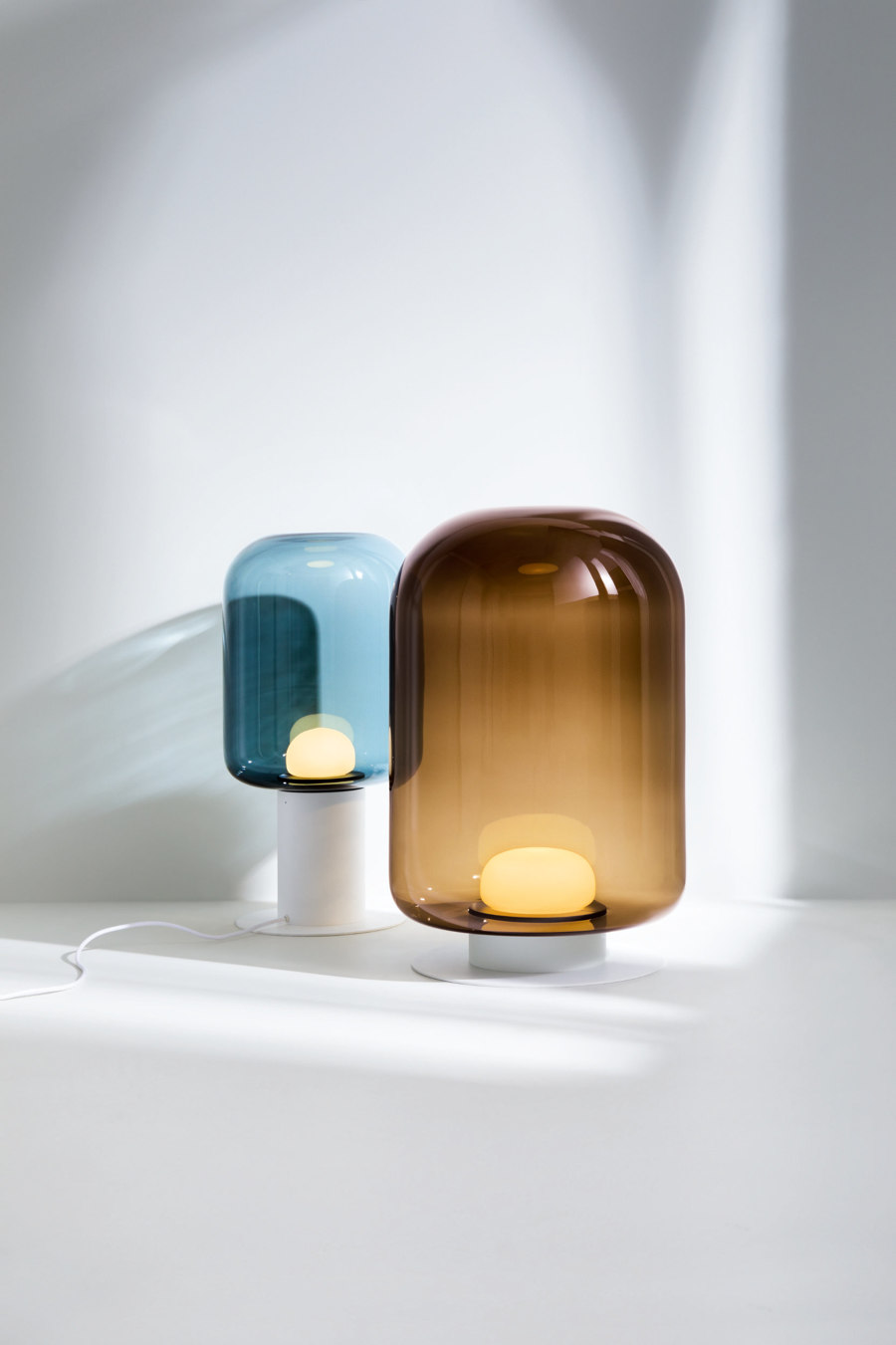
Labra’s good-looking hardware – seen here is the minimal Stik 16 and decorative Xilo – blends with contemporary architecture but also sculpts interiors with the right quality and intensity of light
×Lighting’s poetic potential
‘We aim to put poetry inside lamps,’ says Tomasz Mucha, CEO of the Polish family-run lighting brand, Labra, which leans heavily on technology to refine its lighting palette, and provides the means to finely-tune lighting both functionally and aesthetically. ‘Light is life, it gives us colour. We want to make lights that make people comfortable and that are compatible with their lives. We live in very stimulated times with sounds and colour coming at us from every direction – it is very important that our lights don’t assault the senses, too.’
We aim to put poetry inside lamps
Labra is a small but thoroughly modern lighting brand, run by Tomasz and his interior designer wife, Kama. They work closely with architects and interior designers and are sharply focussed on pushing technology while prioritising ecology by minimising waste, upcycling and recycling and keeping production intimate, hands-on and to order. They even offer a repair service should a product break, and are dedicated to using local skills; hard-sought Polish glass-blowers, for example, craft their more decorative pieces, such as Xilo, a recent addition to their portfolio designed by Polish up-and-comer, Maciej Karpiak.
Pura lights have a minimal profile that works perfectly above a workstation, while Ray System brings warmth to lounge areas. Both are customisable and bridge the gap between decorative and technical lighting
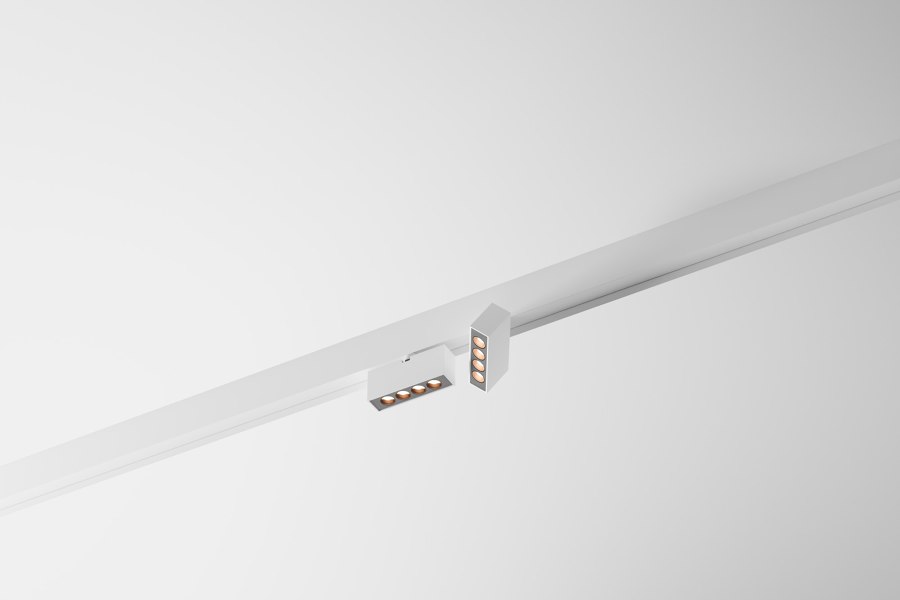
Pura lights have a minimal profile that works perfectly above a workstation, while Ray System brings warmth to lounge areas. Both are customisable and bridge the gap between decorative and technical lighting
×Designing lights inside and out
This is lighting design in 2022; a sustainable two-phased practice which begins with the conception and creation of customisable hardware – Labra has a portfolio of designs that can be made to order according to a project’s needs. They don’t keep stock to avoid waste but you can order their Ray System, for instance, for 2m or 20m and you can order 3 or 3000 heads. The mounts can be long or short and if you want a different colour, it’s all possible.
They work closely with architects and interior designers and are sharply focussed on pushing technology while prioritising ecology by minimising waste
Aesthetically, the designs are minimal – the Ray, Pura and Stik families of lights are so linear as to almost disappear into the architecture. It means they don’t distract from phase two of the design process – the lighting effect – or what Labra calls ‘Light thinking’. ‘This is not only the awareness of how to model space using a light beam,’ says Kama. ‘It is seeing light as the main element of a well-designed interior that adjusts to the time of day and the rhythm of life of its users. It’s experiencing it with the senses.’
Labra’s focus is on designing lighting that works for the people who occupy a space. The design for a bedroom and an office may look similar but technical details vary. Top: Stik 16, bottom: Xilo
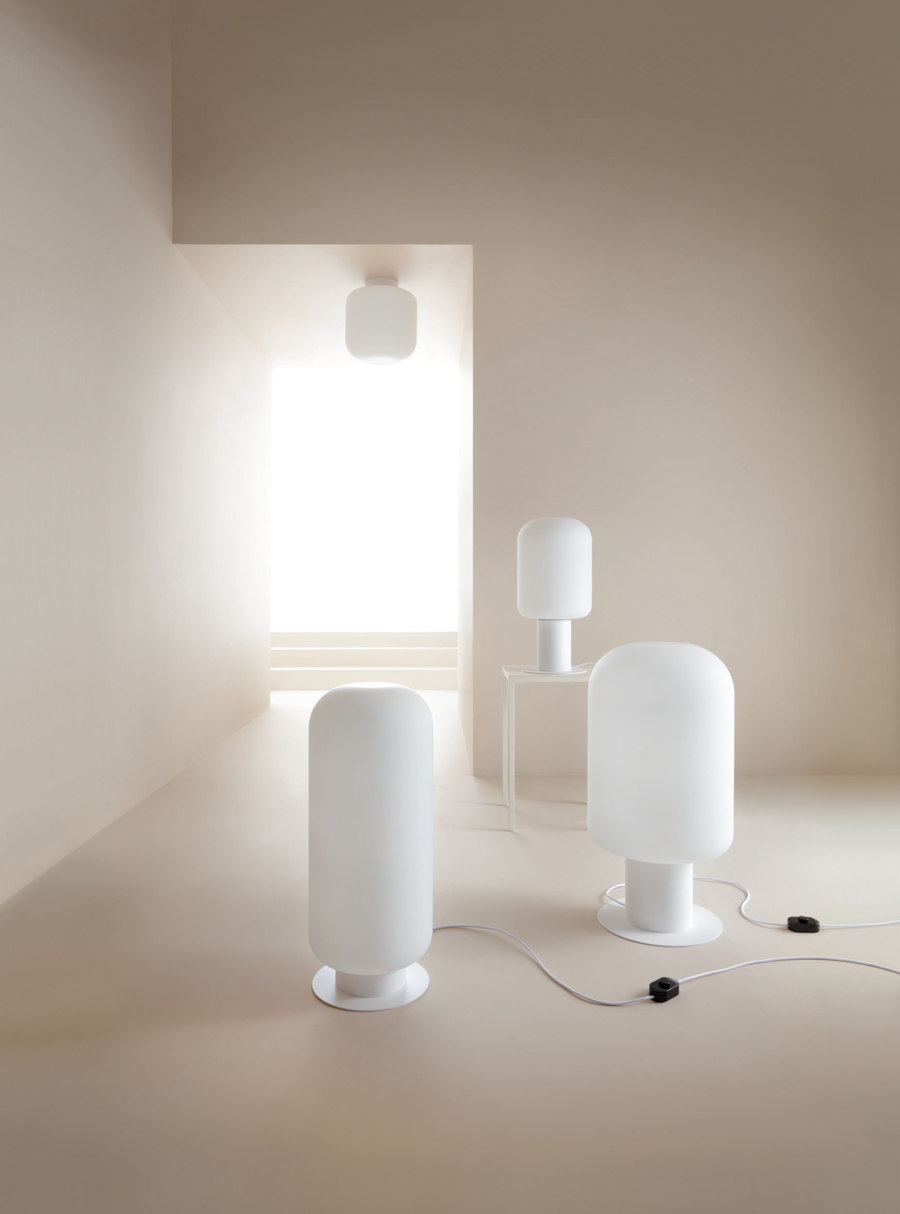
Labra’s focus is on designing lighting that works for the people who occupy a space. The design for a bedroom and an office may look similar but technical details vary. Top: Stik 16, bottom: Xilo
×A human-centred approach
People and the way they live in a space come first with this process. One thing might be right for an office, something different for a kindergarten, a restaurant, or a bedroom. Narrow optics might be required if there is a painting to illuminate. High colour rendering index needs to be considered say in a clothes shop, to ensure colours are perceived accurately. And Labra add to this advanced smart operating systems to further enhance functionality. Even the more colourful glass Xilo series can be integrated, dimmable at the tap of a phone screen to a cosy candle light effect.
My friend has now discovered side lights, though I suspect for their decorative effect rather than the possibility to nuance the luminosity of her living room. The power of colour to control emotion and texture to manipulate our senses is a far easier concept to grasp. But thankfully the likes of Labra are working hard to make us all more literate in the poetry of lighting.
© Architonic


